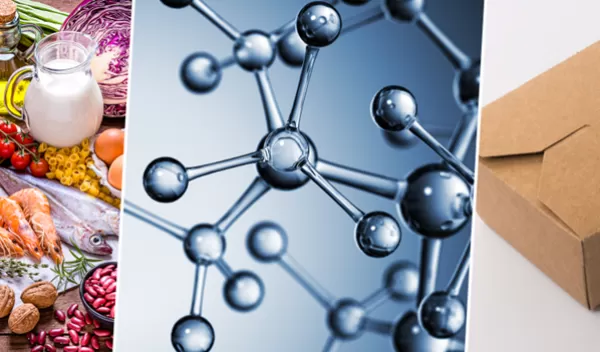
'Forever chemicals' destroyed by simple method
PFAS, manufactured chemicals commonly used since the 1940s in nonstick and waterproofing agents, are called "forever chemicals" for good reason. Bacteria can't eat them; fire can't incinerate them; and water can't dilute them. And, if these toxic chemicals are buried, they leach into surrounding soil, becoming a problem for generations. PFAS is an abbreviation for perfluoroalkyl and polyfluoroalkyl substances.
Now, Northwestern University chemists have done the seemingly impossible. Using low temperatures and inexpensive, common reagents, the research team developed a process that causes two major classes of PFAS compounds to fall apart — leaving behind only benign end products.
"PFAS has become a major societal problem," said Northwestern's William Dichtel, who led the study. "Even just a tiny amount of PFAS causes negative health effects, and it does not break down. We wanted to use chemistry to create a solution. It's exciting because of how simple that solution is."
The U.S. National Science Foundation-supported research was published in the journal Science. The technique could be a way of disposing of these harmful chemicals, which are linked to negative effects in humans, livestock and the environment. The substances have made their way into drinking water and into the blood of 97% of the U.S. population.
While studying PFAS compounds, Dichtel's team found a weakness in them. PFAS contains a long tail of unyielding carbon-fluorine bonds. But at one end of the molecule, there is a charged group that often contains oxygen atoms. Dichtel's team targeted this group by heating the PFAS in dimethyl sulfoxide — an unusual solvent for PFAS destruction — with sodium hydroxide, a common reagent.
"That triggered all these reactions and started spitting out fluorine atoms from the compounds to form fluoride, which is the safest form of fluorine," Dichtel said. "Although carbon-fluorine bonds are super-strong, the charged group is the Achilles' heel."
The new technique relies on milder conditions and a simple, inexpensive reagent, making the solution potentially more practical for widespread use.


